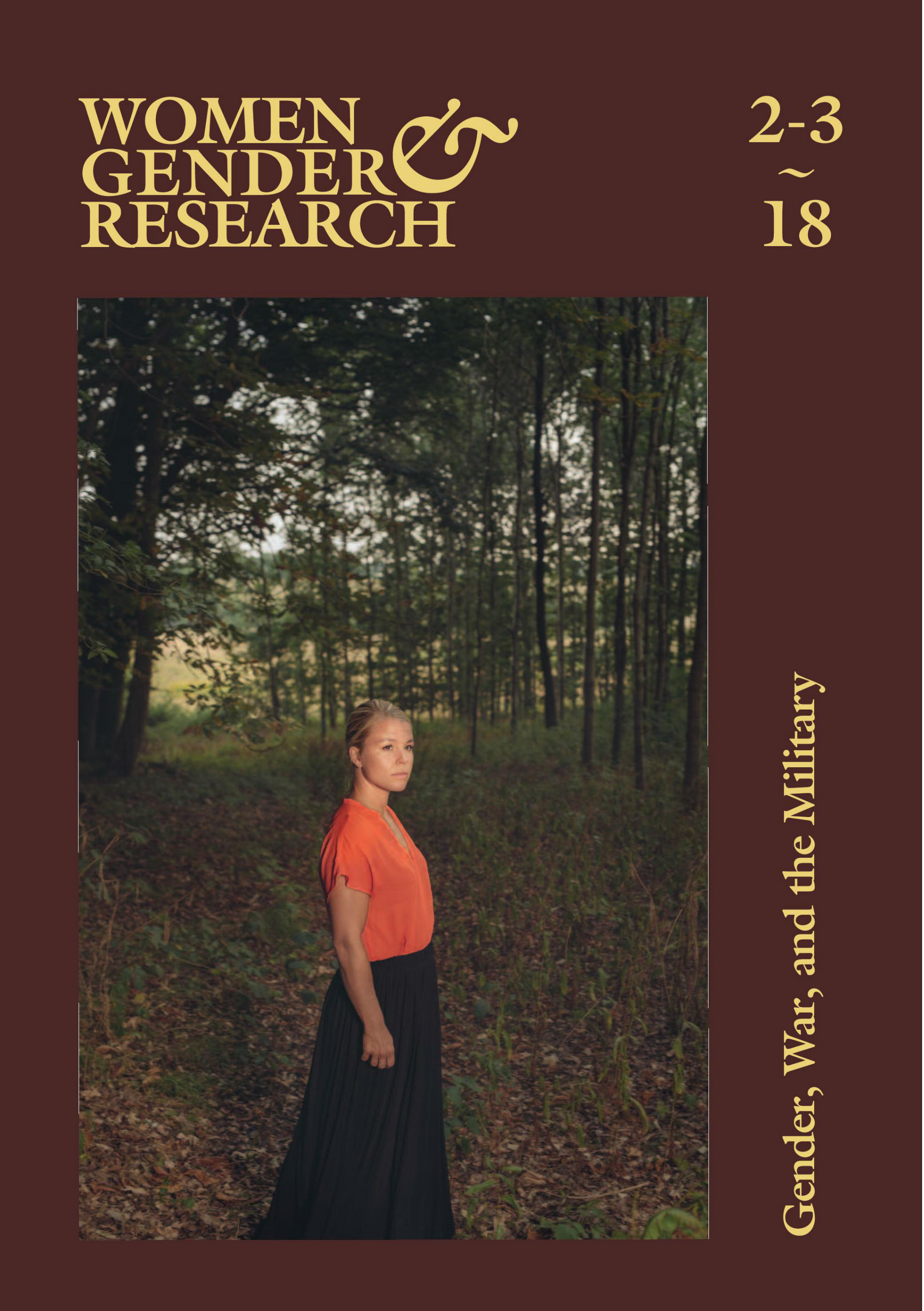The Queen Bees and the Women's Team - A contextual examination of enmity and friendship between military women
DOI:
https://doi.org/10.7146/kkf.v27i2-3.110846Keywords:
military women, gender stereotypes, queen bee response, cohesion, equality, equivalenceAbstract
In several studies of women in the Norwegian Armed Forces, we have found an assertion that female groups are so riddled with conflicts and enmity that it is preferable to keep women few in number and mixed up with men, even in dormitories (Hellum 2014; Lilleaas and Ellingsen 2014; Rones 2015). Yet, when the Norwegian Special Operations Command (NORSOC) organized an all-female Special Reconnaissance Platoon, the NORSOC leadership would conclude that they had seen “almost disappointingly little of the conflicts that allegedly should occur in groups of females” (Rones and Steder 2017). Accordingly, this article will critically explore the assertion that women are often so quarrelsome that it is preferable to keep them few in number and mixed with men 24/7.
It will be argued that women’s alleged tendency towards enmity is a myth that is made ‘true’ by ‘queen bee behavior’. Queen bee behavior is seen as an act of recognition, whereby women comply with existing gender stereotypes, evaluate women negatively, but set themselves apart from the category of ‘women’ as someone who fits better with men, i.e. a performance of complicit masculinity. It is further argued that queen bee behavior is a response to the social-identity threat women experience when they enter a unit in which their gender has a low reputation and status, and where it is expected that a woman should fit seamlessly in as one of the guys, and accordingly have to make a symbolic ‘change of gender’.
Downloads
Published
How to Cite
Issue
Section
License
Publications in Women, Gender and Research are licensed under Creative Commons License: CC Attribution-NonCommercial 4.0

